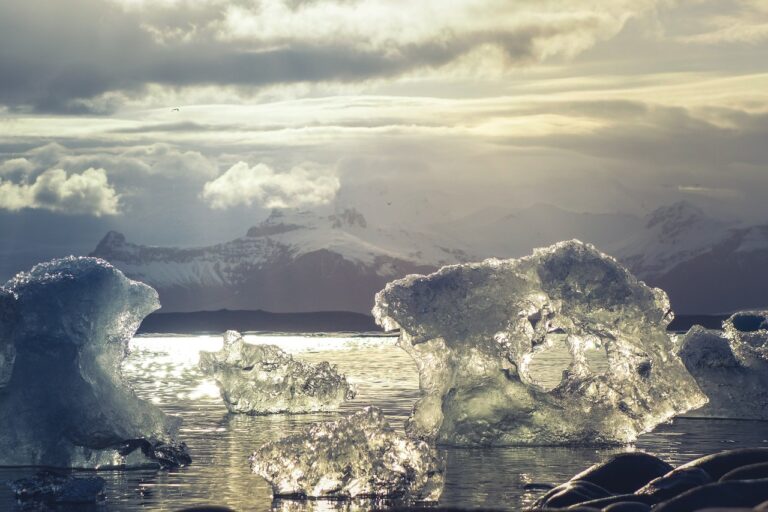The thawing of Arctic permafrost is likely to release a feedback loop that could accelerate global warming to unprecedented levels. This is the dire prediction of many climate scientists, who say that if we don’t radically curb fossil fuel use the permafrost could be as big a source of greenhouse gases as the world’s largest emitter – China – is today.
The process appears to be happening already, according to a new study that shows that the Arctic region has already become a net emitter of carbon dioxide. Earlier studies suggested that some sites in the Arctic had already begun emitting more CO2 than they absorbed. But according to the new research published in Nature Climate Change, this process is now happening across the region as a whole.
By pooling observations from more than 100 Arctic field sites, the team of scientists from the Permafrost Carbon Network estimated the amount of carbon released each winter from 2003 to 2017. They found an average of 1,662 teragrams – more than double earlier estimates.
Since the Arctic region is estimated to absorb only 1,032 teragrams, the new study suggests that the permafrost is adding CO2 to the atmosphere to the tune of more than 600 teragrams annually.
Researchers acknowledge, however, that the study is limited somewhat by the lack of good observations from the region. Consequently the overall certainty of nearly half the emissions – 813 teragrams of CO2 – is in doubt. The study also found no rise in emissions since 2003.
Nonetheless, say the authors, the study suggests that the permafrost feedback is already underway, noting that “enhanced soil CO2 loss due to winter warming may offset growing season carbon uptake under future climatic conditions”.



